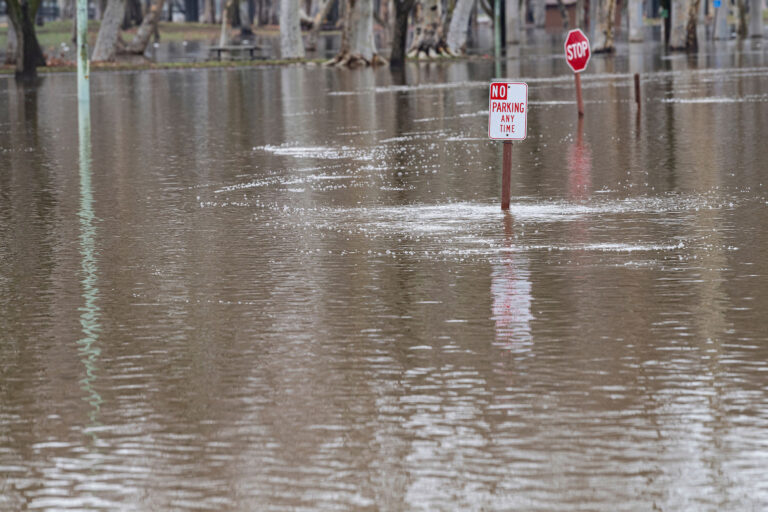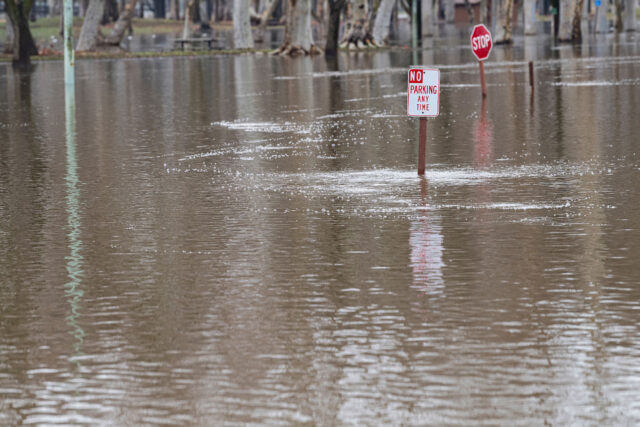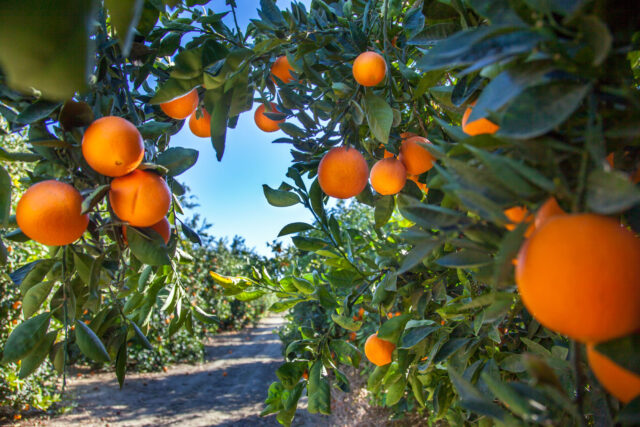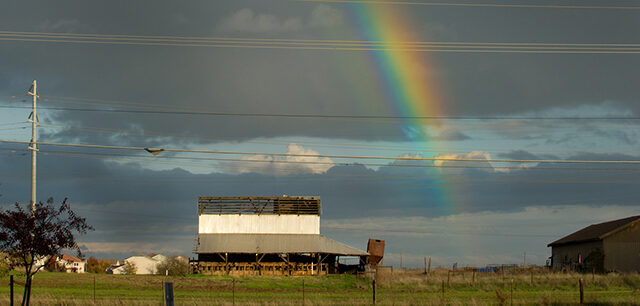California is in an impressive wet period. According to the Center for Western Weather and Water Extremes, four powerful atmospheric rivers have hit California since Christmas. And their modeling suggests that at least three more significant storms are on their way. It looks like January is going to be a very wet month.
Right now, the focus is appropriately on protecting lives and property. These atmospheric rivers—with their intense low-pressure systems and warm, subtropical moisture—are California’s version of hurricanes. The combination of high rainfall rates and winds causes urban and river flooding, as well as landslides and debris flows (especially in areas that have recently burned), and routinely knocks out power to thousands.
But these storms also create an awful lot of benefit for Californians.
In California’s deeply variable climate, with its extreme swings between wet and dry, atmospheric rivers are essential to the water supply. Studies by Mike Dettinger—a member of the PPIC Water Policy Center’s research network—and others have shown that the difference between a wet and dry year in California is usually tied to the number of strong atmospheric rivers that make landfall. If atmospheric rivers don’t materialize, California can see a lot of the typical cool storms that originate in the north Pacific and still end up with a below-average precipitation year.
But the current parade of atmospheric rivers also highlights how difficult it is to capture and store water—both in reservoirs and underground—during times of great abundance.
California has a lot of surface storage, but it tends to fill quickly during large storms. Reservoir managers then have to let water go to keep space in the reservoirs to manage floods. For instance, at Folsom Reservoir, which is vital to flood protection in Sacramento, managers keep 60% of the reservoir empty to control floods in the winter. Last weekend, inflows to Folsom were so high that in a matter of hours more than half the space set aside to capture floods was filled. With the prospect of more atmospheric rivers to come, they are rapidly releasing water from the reservoir.
If this wet pattern continues for one or two more weeks, all of the Central Valley and Bay Area reservoirs will be forced to release water.
To be clear, the water that’s released is not wasted. It creates a lot of good for the environment, particularly in the Delta and San Francisco Bay, and improves water quality for all uses. But a good chunk of this water could have been stored—while continuing to benefit the environment—if there were somewhere else to put it.
This is where groundwater comes in. Our largest reservoir in California—by far—is our groundwater basins, which can hold roughly three times the amount of water as our reservoirs. And they have space to spare, thanks in large part to a century of overpumping.
In short, we have limited capacity in our reservoirs—and not many more places where we can build more dams economically. We do, however, have lots of space in our groundwater basins, but we are not currently set up to get enough of that excess water into the ground right now. Building capacity will require some infrastructure investments (particularly more conveyance), more nimble permitting to divert the water, and agreements with landowners—especially farmers—to spread this water on suitable lands.
In Priorities for California’s Water, a brief we released this past fall, we highlighted the need to improve wet-year strategies for storing water to meet the needs of communities, farms, and the environment during drought. The most cost-effective and environmentally beneficial approach involves capturing excess runoff and storm releases from reservoirs and storing it underground. The struggle to manage abundance this winter drives this point home. And, as we note in the brief, good wet-year management will become even more critical as California’s climate changes, bringing both more intense droughts and stronger atmospheric rivers.
So while state and local officials are properly focused on protecting lives and property during this series of atmospheric rivers, it is important not to lose sight of the opportunity to save some of this water for the dry periods that will inevitably return.





